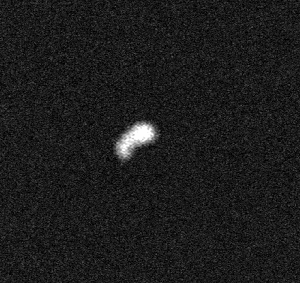Throughout the course of designing TreeHAUS, my Solar Decathlon team and I made frequent visits to Crumpacker woods, a grove of old growth forest adjacent to our proposed site. This sometimes included meeting with world-renowned tree physiology expert Dr. John Seiler from the College of Natural Resources and Environment (CNRE) here at Virginia Tech. Our visits accomplished two things. First and most obvious, we applied lessons from the forest to the design of TreeHAUS systems. For example, the way water is collected and distributed, using the forest as a sponge to prevent combined sewage overflow. Energy and food systems are also modeled on the distribution of photosynthate between trees through fungal mycorrhizal networks beneath the forest floor, and Nature’s ‘know no waste’ nutrient cycling informing our food waste anaerobic digestion to bio-gas back up power.
The second thing I noticed during these visits to the woods was how much more engaged and excited my fellow teammates became about learning. Their love of learning seemed instantly more animated and bolder. Something about swapping whiteboards for tree trunks, or commercial carpet for a bed of leaves. Something about using millions of years of evolution as your teacher. Something about the environment of being in a forest lowering stress levels and eliciting really thoughtful, creative questions. As Dr. Seiler led us through the site and explained the threat of invasive species on the forest edge and the legacy of 400 year old white oaks, I realized a lesson seemingly much more obvious. It is not just about what we learn, but where we learn it. The experiential element is crucial. A classroom may actually be one of the worst environments in which to learn. We have to slowly start phasing out spaces designed for learning and start bringing the learning to the scene of the subject matter itself.


